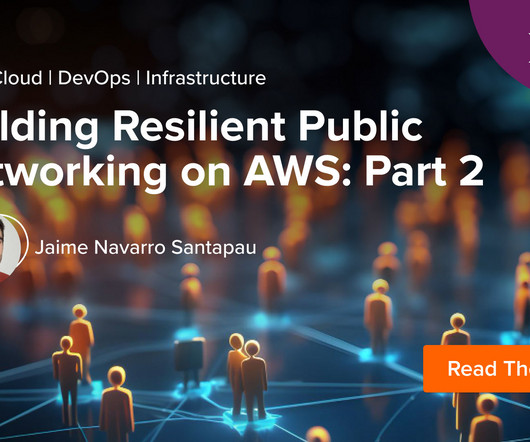AWS vs. Azure vs. Google Cloud: Comparing Cloud Platforms
Kaseya
MAY 13, 2021
In addition, you can also take advantage of the reliability of multiple cloud data centers as well as responsive and customizable load balancing that evolves with your changing demands. In this blog, we’ll compare the three leading public cloud providers, namely Amazon Web Services (AWS), Microsoft Azure and Google Cloud.















Let's personalize your content